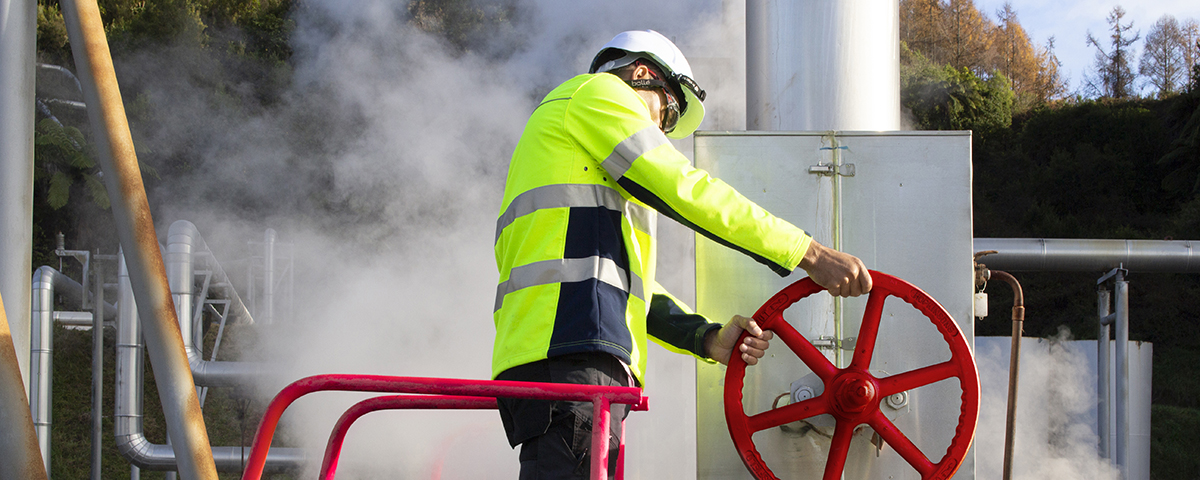
As one of our oldest generation assets, the Wairākei geothermal power station has been part of Contact’s renewable portfolio since it was built in the 1950s.
In November 2024, we began construction of a new 101MW geothermal plant called Te Mihi Stage 2.
This is the first step in replacing the original Wairākei geothermal power station and marks a milestone for Contact’s commitment to long-term, sustainable generation on the Wairākei steamfield.
The $712 million project is a two-unit binary cycle plant and will be a useful addition to the existing geothermal stations on the steamfield. The new station will generate more power from the same steamfield through more efficient use of this resource.
Once operational, Te Mihi Stage 2 will generate enough renewable electricity to power the equivalent of 120,000 New Zealand homes. The power station is expected to be online by September 2027.
As part of the Te Mihi Stage 2 construction, Contact will start phasing out the Wairākei geothermal power station so it can keep running for longer, but at a lower output. Selected operating units will then be retired. Contact will retain 67MW of capacity at Wairākei from mid-2027 until mid-2031 when resource consent ends.
Binary Cycle Geothermal Plants – explained simply
The term “binary cycle” means the power station uses two fluids:
Here’s how it works:
The benefits
Geothermal power stations operate all day, every day, because they are not reliant on the wind blowing or the sun shining to generate power. This means they create a constant reliable source of renewable electricity.
Geothermal energy is helping New Zealand move away from fossil fuels and cut carbon emissions.
Location: Wairākei steamfield, Taupō
Capacity: 101 MW
Annual generation: 800GWh
Carbon reduction: 290,000 tonnes of CO2, the equivalent of 130,000 petrol cars
Size of site: 35.2 hectares
Investment: $712 million
Construction: Began in November 2024 and is expected to come online in September 2027.
For independent complaint or pricing advice, click here. UDL & Powerswitch can help.
To read our Residential Consumer Care policy on how we'll keep you safe and connected, click here.